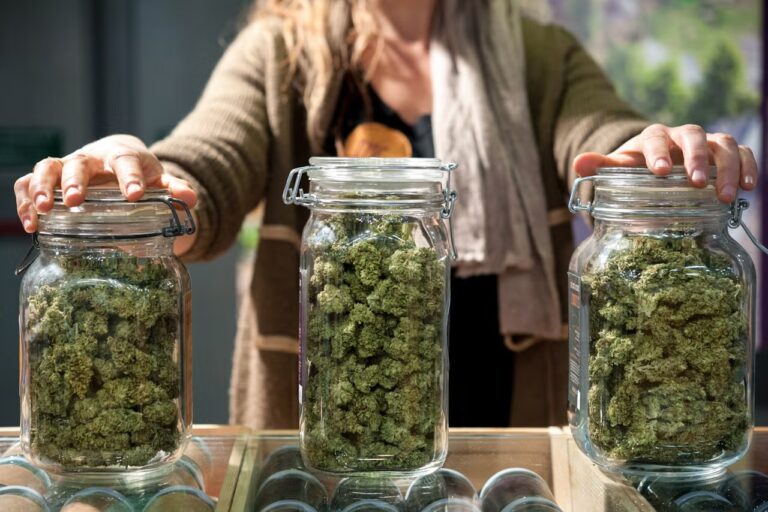Schedule Changes

Last month, news broke that the U.S. Department of Health and Human Services wants to legalize weed—kind of. On Aug. 30, Bloomberg reported that the agency formally recommended that the federal government downgrade the drug from a “Schedule 1” substance—where it has sat for decades alongside LSD and heroin—to the much less severe “Schedule 3.” If its proposal goes through, it would be the most significant change in federal marijuana policy since prohibition began in 1937, and a major rollback of the punitive war on drugs, which has dominated American drug policy for 50 years. The HHS recommendation stems from an order President Joe Biden gave last October, when he pardoned 6,500 low-level pot offenders (none of whom were still in prison) and asked his administration to reconsider the drug’s legal status. The move now goes to the Justice Department, which could approve it before the presidential election. “It’s pulling the pin on the grenade” of federal legalization, California cannabis entrepreneur Eric Spitz told me. Schedule 3 is not technically legalization, though. What does the change actually mean? The 50-year-old “schedule” system is a mess. It includes both FDA-regulated pharmaceuticals and street drugs, which are the purview of law enforcement. It makes little sense that weed is more tightly restricted than, say, Schedule 2 fentanyl, which causes tens of thousands of fatal overdoses annually. And it hasn’t ever made sense that the federal government legally considers pot as dangerous as heroin and more dangerous than cocaine. Until now, the feds’ official position has been that marijuana, as a Schedule 1 drug, has no medical value and high potential for abuse. Such drugs have virtually no place in law-abiding society. But that status has become laughable as well over 20 states legalized weed and created regulated industries for it. Schedule 2 drugs, which include fentanyl, cocaine, methamphetamine, and various prescription opiates, also have high potential for abuse, but the government acknowledges that they have some medical value. There are legal, pharmaceuticalized forms of these drugs, but the street forms are illegal.
